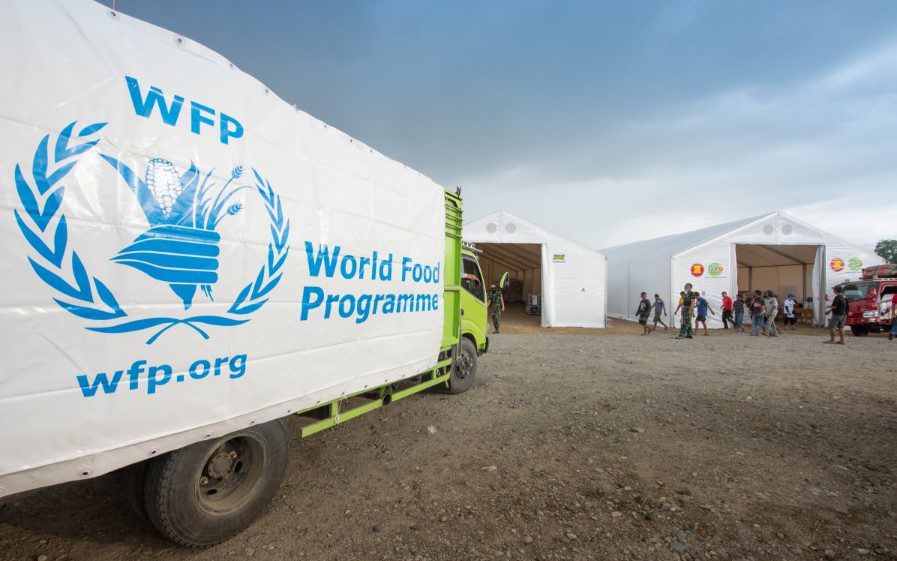A Complex Image of Hunger
Indonesia is a lower middle-income country and the largest economy in Southeast Asia. Rapid economic growth over the past ten years, coupled with significant government investments in social development, transformed the lives of millions of people and allowed the country to halve the number of undernourished people by 2015. But hunger remains.
The COVID-19 pandemic has exacerbated the challenges of malnutrition, and reversed years of progress in reducing poverty and food insecurity. The national poverty rate increased to double digits in 2020, reaching 10 percent and setting back three years of improvement. Similarly, the prevalence of undernourishment, which had decreased significantly to 7 percent in 2019, reached 8 percent after the pandemic hit the country.
Meanwhile, high stunting and wasting rates coexist with increasing rates of overweight and obesity. Almost 31 percent of children under five suffer from stunted growth due to malnutrition, with a higher prevalence in farming families or those or who live in slums. Almost 1/4 of the population is anaemic. At the same time, an increasing number of people over the age of 15 are overweight or obese, rising from 19 percent in 2007 to 35 percent in 2018.
You can make a difference. By understanding issues, learning how to civically engage, and joining the movement to end global hunger for good.
 Unsplash
Unsplash




